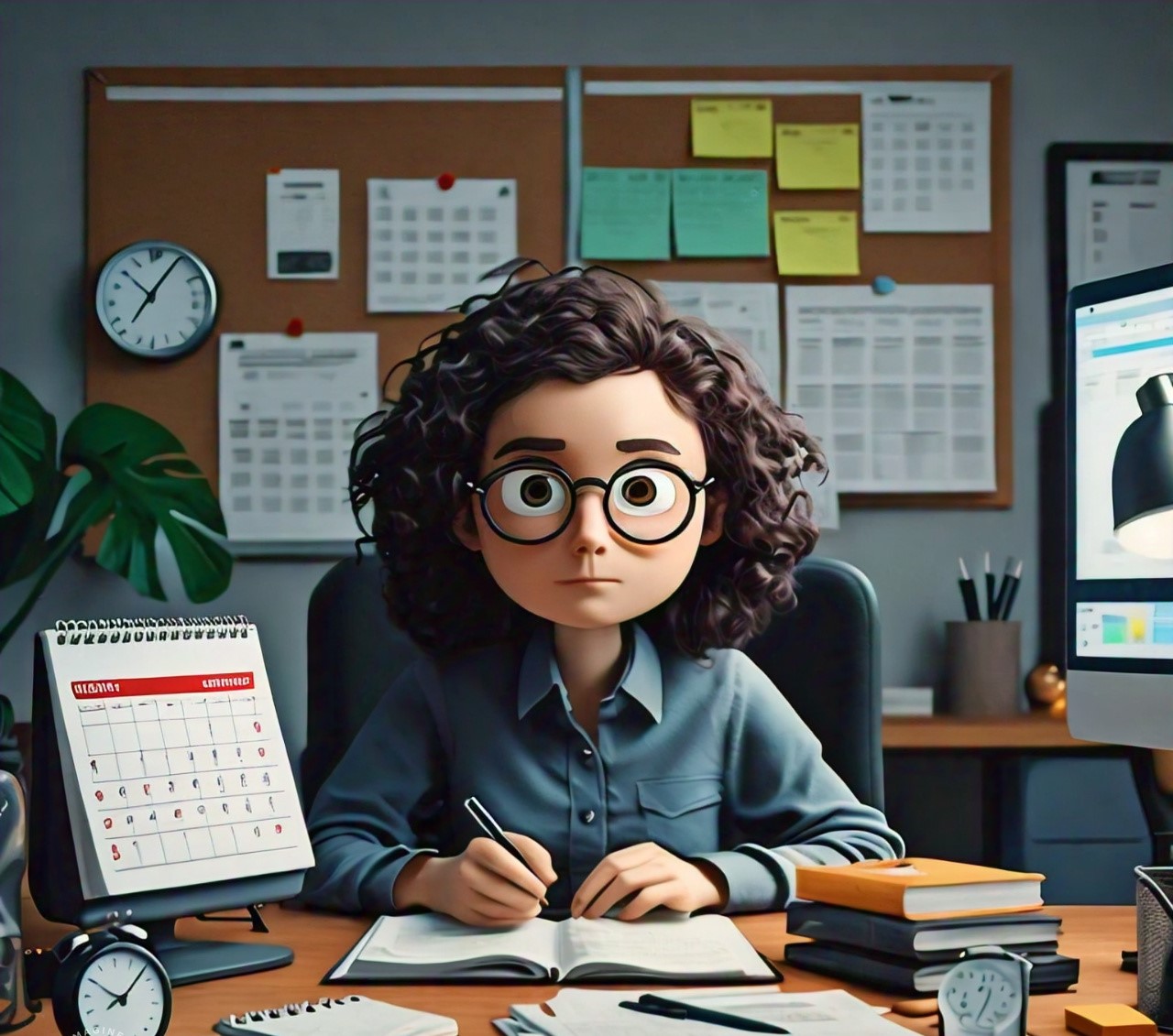Although the human brain is extremely powerful, it has its limitations. Cognitive biases can often be attributed to your brain’s attempts to simplify information processing. Biases can be described as rules of thumb that help make sense of the world and make decisions quickly.
What is Cognitive Bias?
A cognitive bias refers to a mistake in cognition when personal beliefs influence a person’s reasoning. Cognitive biases are a part of our thinking and are often unconscious. Understanding how your mental processes work is the first step toward making better and more informed decisions.
Cognitive biases are preconceived ideas about someone or something that we base on the information we have, perceive to have, and lack. These mental shortcuts help the brain quickly process information and make sense of what it sees.
What Is The Difference Between Cognitive Bias and Logical Fallacy?
Cognitive biases can often be confused with logic fallacies. Cognitive biases refer to how our internal thinking patterns impact how we process and understand information. A logical fallacy is a mistake in reasoning that invalidates or weakens an argument. Again cognitive biases refer to systematic errors in one’s subjective thinking. On the other hand, logical fallacies are about errors in a logical argument.

Signs of Cognitive Bias
Cognitive bias is something that everyone has. Although it might be easier to identify in others, it is still important to recognize that cognitive bias can also affect your thinking. These are some signs that your cognitive bias might affect you:
- You pay attention only to news stories that support your opinion.
- When things don’t go your direction, you blame outside factors.
- You attribute other people’s success to luck, but you take credit for your achievements
- Assume that everyone shares your beliefs or opinions.
- You learn a little bit about a topic and then assume that you know everything there is to know.
What Does Cognitive Bias Mean for Our Thinking?
Although people may believe they are rational and logical, people are constantly influenced by cognitive biases. These biases can distort thinking and influence beliefs. They also influence the decisions and judgments people make every day.
These biases can be quite obvious. You might even notice these tendencies in others. These biases can be subtle and almost impossible to spot in other situations.
People are unable to share accurate information or deduce truths because of cognitive biases. Cognitive bias can cause misinformation and misconceptions to be perpetuated, leading to a loss of critical thinking.
Biases can lead us to avoid information that might be uncomfortable or unwelcoming. Instead of exploring the information that could lead to a better outcome. Biases can cause us to see connections or patterns between ideas that we don’t need.
Examples of Cognitive Bias
Common cognitive biases are those that many people display. These are some examples of common cognitive biases:
Confirmation bias
This bias is the tendency to look for information that supports what you already believe. It is a pernicious subset of cognitive bias. You remember the hits but forget the misses. People tend to focus on the things that are important to them and ignore the ones that aren’t.
This is often called the “ostrich effect,” which means that a subject will bury their head in the sand to avoid any information that might disprove their original point.
The Dunning-Kruger Effect
This bias is a way people see a concept or event as simple, regardless of how much they know. This type of bias can limit curiosity. People don’t feel the urge to explore more about a concept that seems too simple to them. These people think they are more intelligent and capable than they actually are; this is when people don’t recognize their incompetence.
In-group bias
This bias is a way that people believe or support someone from their social circle more than they do an outsider. This bias can make it difficult to be objective in any selection or hiring process. We tend to favor people we know and want to help.
Self-serving bias
This is the belief that good things will happen when we do all the right things. But bad things can happen because of circumstances beyond our control or what other people claim. This bias leads to a tendency for people to blame other circumstances for bad situations rather than take personal responsibility.
Availability bias
This bias, also known as the availability hypothesis, refers to our tendency to use information that we are most familiar with when evaluating topics or ideas. This mental shortcut allows us to quickly recall the most relevant information and disregard other solutions or opinions.
Fundamental attribution error
This bias is the tendency to attribute someone else’s behaviour to unfounded stereotypes while attributing external factors to our similar behavior. You might assume that someone is lazy or lacks motivation if they are late for a meeting. This bias does not consider external and internal factors such as traffic accidents or illness. Still, if you run late, you expect others to attribute your behaviour to the external cause (flat tire).
Hindsight bias
Hindsight bias is also known as the “know-it-all” effect. It’s when people see events as more predictable after they occur. This bias causes people to overestimate their ability to predict the outcome of an event, even though they don’t have all the right information at the time. This bias is common in sports and international affairs. Overconfidence in the ability to predict future outcomes can be a result of hindsight bias.
Anchoring bias
Anchoring bias is also known as focalism or the anchoring effect. It refers to people who base all their judgements and opinions on the first piece they receive, which is called an “anchoring” fact.
Optimism bias
This bias is a way that humans, when in a good mood, are more likely to expect a positive outcome.
Pessimism bias
This bias results from how humans are more likely than others to predict a negative outcome when they are in a bad mood.
The halo effect
This bias refers to the tendency to let our perception of a person, business, or company in one area influence our overall impression of that person or entity. A positive experience with a microwave makes a customer more likely to purchase other products from the same brand.
Status quo bias
Status quo bias is a preference to maintain things as they are. However, it can also refer to the tendency to view any change as a loss.
This bias makes it difficult to accept or process change.
Affinity bias
This is a subconscious preference for people with similar qualities to you. People with similar interests, backgrounds, and experiences may be more likely to become your friends.
Attribution bias
This refers to your perception of yourself and others’ actions. This is especially relevant to your perception of success and failure. While our accomplishments can be attributed to internal skills or traits, failure is due to external forces. People tend to underestimate the achievements of others and undervalue their mistakes.
Read More: How Being An Empathic Person Affects You And Those Around You
Read More: Control Your Mind ~ Control Your Life
Read More: Let Go of Your Ego and Live a Better Life
Ageism
This is when you have negative feelings about someone or discriminate against them because of their age. Age UK found that 36% felt disadvantaged at work due to their age. Women are more likely to feel ageism than men.
Beauty bias
This belief is that attractive people are more competent, successful, and qualified than those who are not as attractive. The physical appearance of a person is used to judge their competence.
Conformity bias
When your views are influenced by or modified by others, this is called conformity bias. Peer pressure can lead to conformity bias. It can make it easier to accept others’ views and act similarly to them, regardless of your beliefs.
Contrast effect
This is when two or more items are compared instead of being rated based on their merit. This can lead to you exaggerating the positives and negatives of one thing.
Gender bias
This is a preference for one gender or another. Gender bias is often a result of fixed gender stereotypes and roles.
How To Reduce Cognitive Bias
Cognitive biases are a part of every system. However, there are methods to overcome them.
- Be aware. Cognitive biases can be prevented by simply being aware of their existence. Bias is defeated by critical thinking. Knowing that many factors can affect how we perceive, recall, and experience things, we recognize that we need to take additional steps when forming a judgment or an opinion about something.
- Question your beliefs. When you realize that your thinking is biased, it is important to challenge what you believe. This is especially true when you are receiving new information. This will help you expand your knowledge and give you a better understanding of the subject.
- Use a blind approach. Researchers conduct blind studies in order to reduce bias in scientific studies and focus groups, especially in the instance of observer bias. They can make more informed decisions by limiting the influence of information that a person or group receives.
Conclusion
These biases influence our thinking and, ultimately, our decision-making.
These biases are almost always inevitable. It is simply impossible to assess every thought and decision for any bias. It is important to understand these biases so that we can – ValueFaith : Do Better, Be Better.






3 comments
Novel to me but simply mind blowing. Thanks a lot for this piece.
ReelNat : Do Better, Be Better
Self Development is a necessity for a better life.
Thank you for engaging.